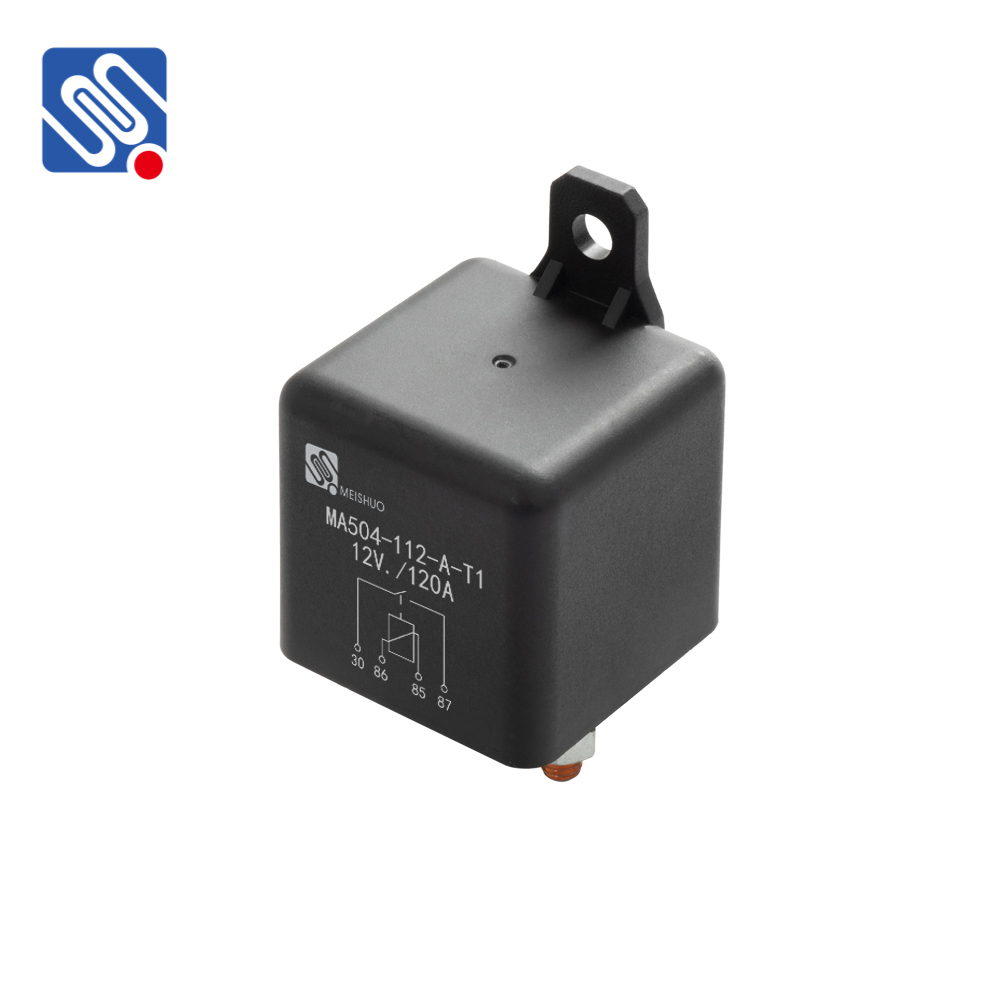understanding relay isolation: key concepts and applications
Release time:2025-11-16 05:05:16
Relay isolation is a fundamental electrical concept used to safeguard sensitive control circuits from high voltage or current conditions. It provides a crucial barrier between two circuits, ensuring that one does not affect the other, especially when dealing with systems involving significant electrical loads. This article explores the importance of relay isolation, its working principles, and its diverse applications in modern electronic and electrical systems.

What is Relay Isolation?
Relay isolation refers to the use of relays to electrically isolate different parts of a circuit, effectively preventing high voltages, currents, or transients from reaching sensitive components. A relay, essentially an electromagnetic switch, operates by using a small control signal to open or close the electrical contacts in a separate circuit. This provides a clear separation between the controlling circuit and the switched circuit, making it an essential tool in electrical design.
The isolation effect is particularly critical when dealing with circuits that have significantly different voltage levels. For example, a low voltage control circuit might be used to switch a high-voltage power circuit. Without isolation, the control circuit would be at risk of damage or failure due to voltage spikes, surges, or other electrical anomalies in the power circuit.

